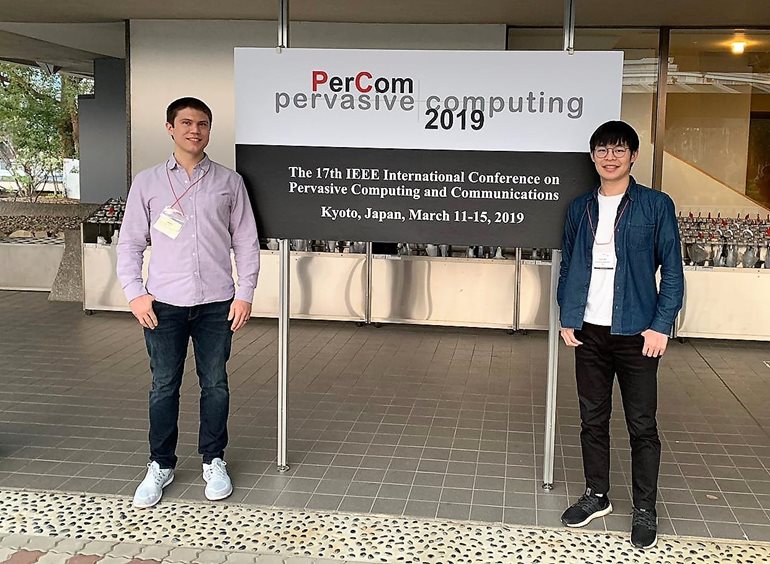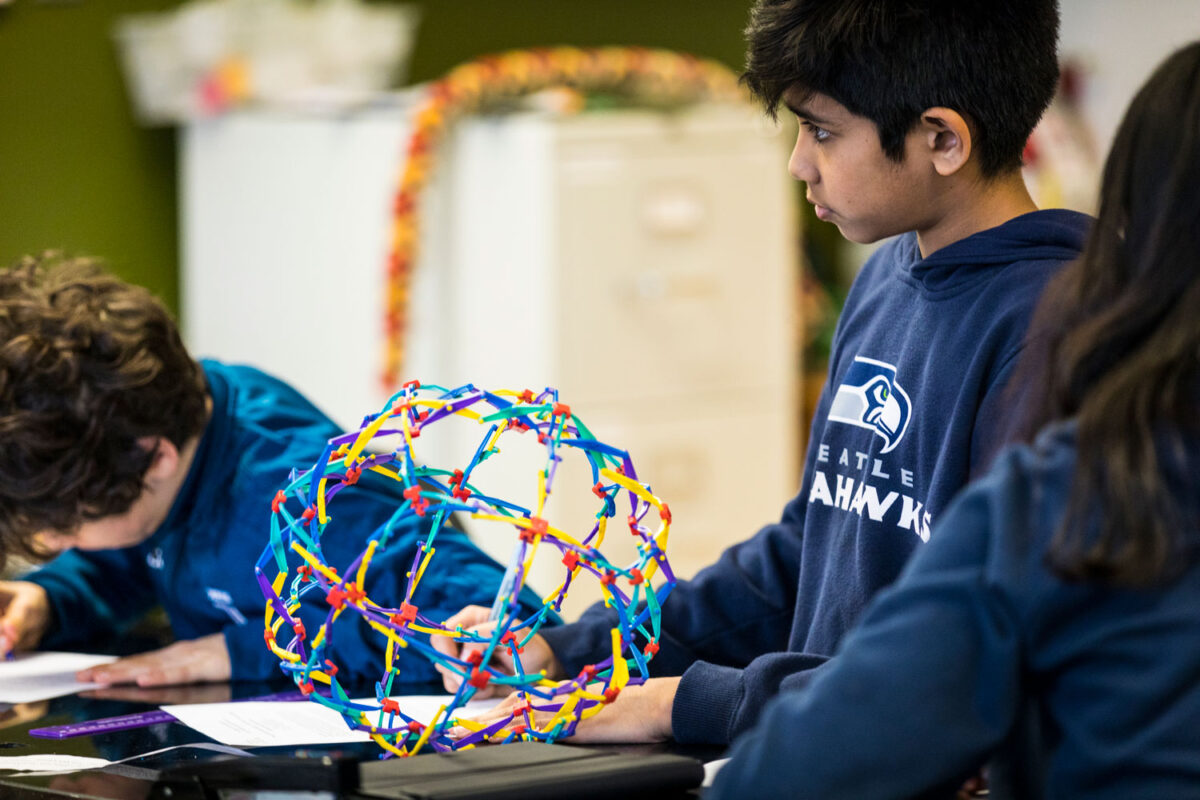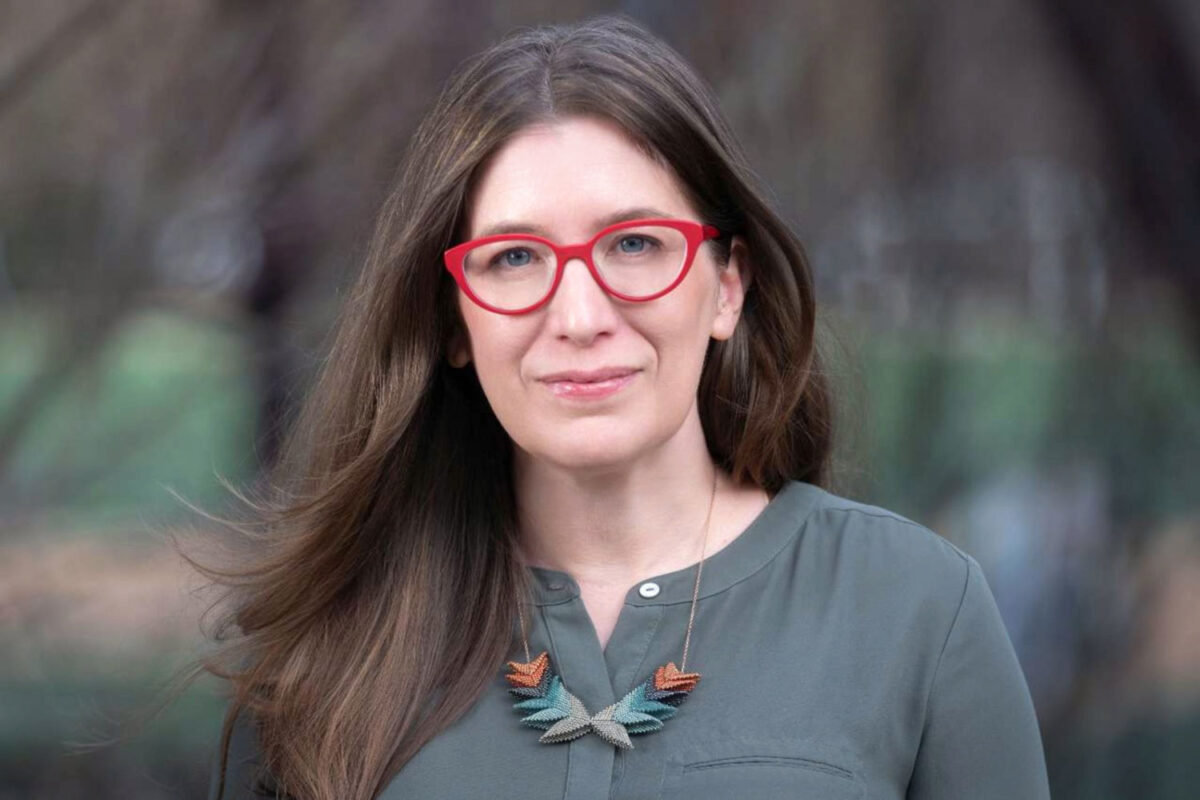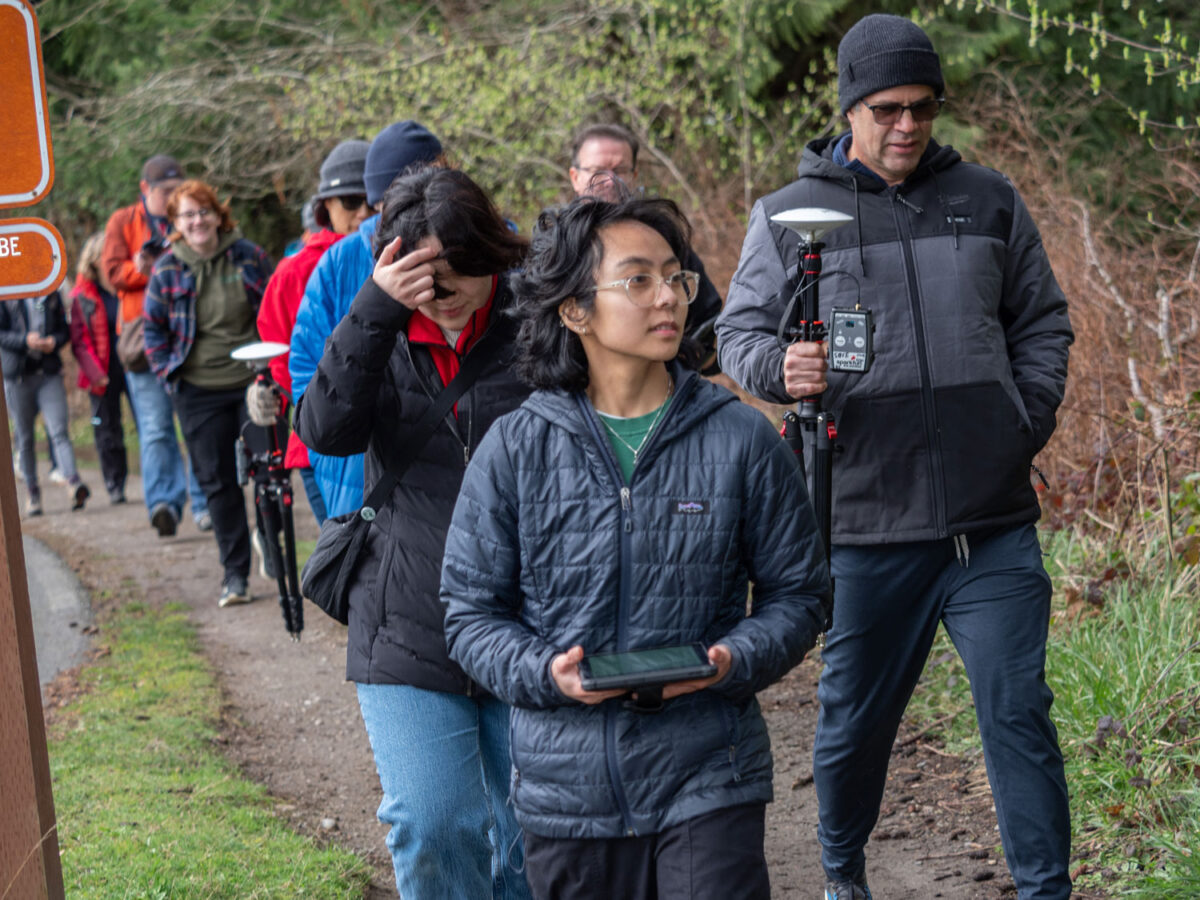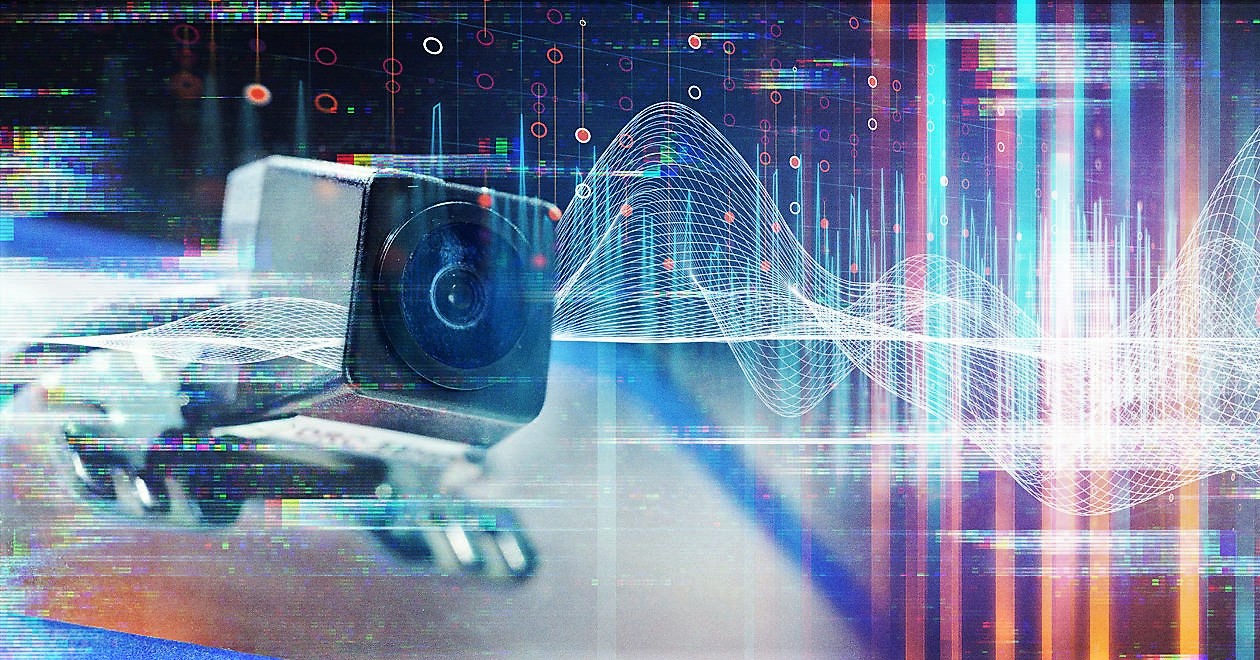
By Douglas Esser
Cybersecurity researchers at the University of Washington Bothell have come up with a way to detect spycams — tiny, wireless digital cameras so small they can be easily hidden.
Search online for “tiny spycams,” and you’ll find a range of affordable devices, some built into everyday objects such as televisions, alarm clocks and smoke detectors. They are sold for security purposes, but an online search for “spycam news” turns up stories about voyeurs using them to leer into motel rooms or public dressing rooms and restrooms.
“It’s cheap. It’s easy. People without technical expertise can set them up with no problem whatsoever,” said Brent Lagesse, an associate professor in UW Bothell’s School of Science, Technology, Engineering & Mathematics. A faculty member since 2013, he focuses on cybersecurity in his teaching and research in the Division of Computing & Software Systems.
His aha moment for the detector idea came as he was setting up video monitors for his young children in his own home.
Do you see what I see?
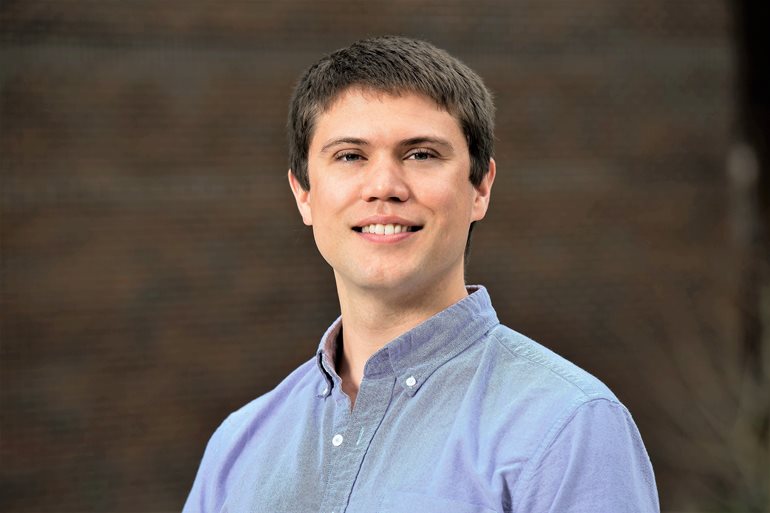
The spycam detector he developed is an app that can run on a smartphone or laptop. Kevin Wu, a Master of Science in Cybersecurity Engineering student who graduated in 2018, partnered with Lagesse and did much of the hands-on work for his thesis.
Lagesse and Wu traveled to a conference in Japan this March to present the paper, “Do You See What I See? Detecting Hidden Streaming Cameras Through Similarity of Simultaneous Observation.” They also are collaborating on a follow-up paper, although Wu is now working in cybersecurity on the East Coast.
Their method for finding spycams is monitoring Wi-Fi signals over local networks. The hard part is finding the right signal.
Sitting in his campus office in Founders Hall recently and using a Wi-Fi sniffer app on his phone, Lagesse was able to detect 2,500 signals — other phones, laptops, watches fitness devices and other connected equipment. And that probably wasn’t all of them in the building, he said.
Aha moment
When Lagesse was installing a couple of webcams at home to monitor his children’s bedrooms, he tinkered with the programming so he could view two rooms at the same time.
“All of a sudden, a massive amount of data got dumped onto my computer. I wondered what happened. It turned out my wife had walked through one of the rooms with the camera in it,” he said. “The way these cameras work, they send very little data when nothing’s happening, but when something’s happening in the room they send massive amounts of data because they can’t compress it the way they normally do.”
Lagesse realized he could detect a camera by comparing what was happening in the physical world and what was being transmitted in the digital world. He originally used a camera flash to cause a spike in data. Computer science students Jaynie Shorb and Zealous Zhu helped build that system.
Realizing that flashes might be too disruptive in practice, Lagesse and Wu then refined the app to observe just the environment and look for parallels in the data.
Simultaneous observation
If they found a correlation between what they monitored and what they observed, Lagesse said, they would have very high probability that there was a webcam — “even if nobody is walking through the room.”
The spycam detector app compares the number of bytes in connections over a period of time.
“We look at the patterns in each of those connections to see if there’s one that has a very similar pattern to what we’ve been recording,” Lagesse said. “And if we can find some similarities, then we have evidence that there might be a hidden spy camera.”
Now Lagesse has a couple of his current students working on extending the technique to audio so they can also look for hidden microphones. A variation might be used to improve video privacy.
At least two other groups are researching spycam detectors, Lagesse said. His app requires technical know-how to install and operate, so it’s not a product available to the public. But they proved the concept in tests at Wu’s apartment and outside on the UW Bothell Plaza.
“We were able to detect hidden cameras that we had set up,” Lagesse said.
